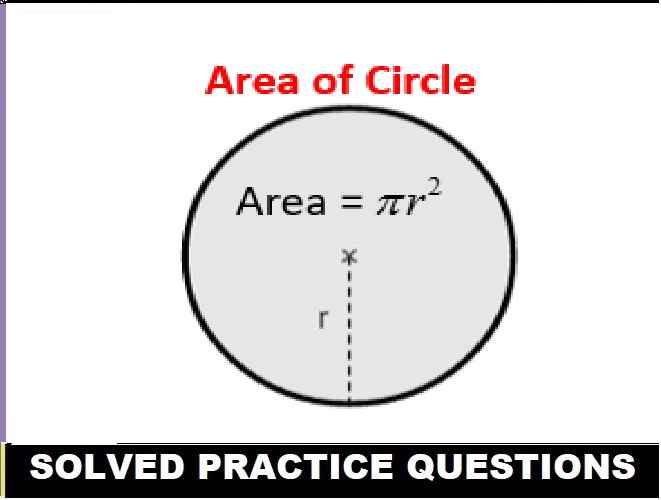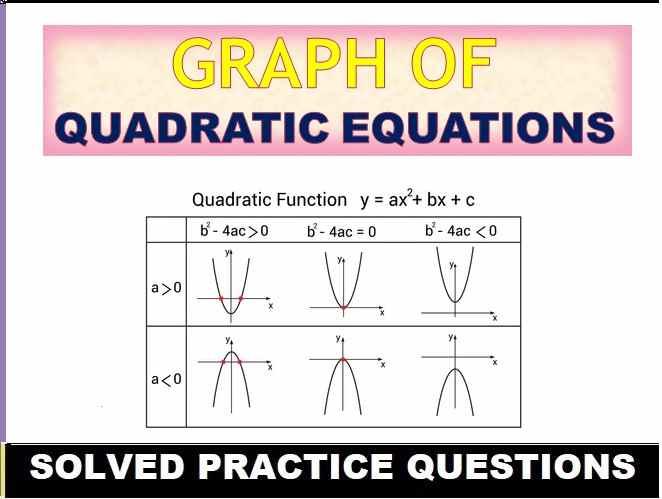Physics and Mathematics HC Verma Que for Short Ans Vol-1 Ch-2. Concept of Physics. Step by Step Solution of Questions for short answer of Ch-2 Physics and Mathematics. Visit official Website CISCE for detail information about ISC Board Class-11 Physics.
Physics and Mathematics HC Verma Que for Short Ans Vol-1 Ch-2
| Board | ISC and other board |
| Publications | Bharti Bhawan Publishers |
| Ch-2 | Physics and Mathematics |
| Class | 11 |
| Vol | 1st |
| writer | H C Verma |
| Book Name | Concept of Physics |
| Topics | Solution of Question for short answer |
| Page-Number | 27,28 |
-: Select Topics :-
Question for Short Answer
Physics and Mathematics HC Verma Que for Short Ans Vol-1 Ch-2 Concept of Physics
(page-27)
update soon
(sorry for inconvenience )
— : End of Physics and Mathematics HC Verma Que for Short Ans :–
Return to — HC Verma Solutions Vol-1 Concept of Physics
Thanks


